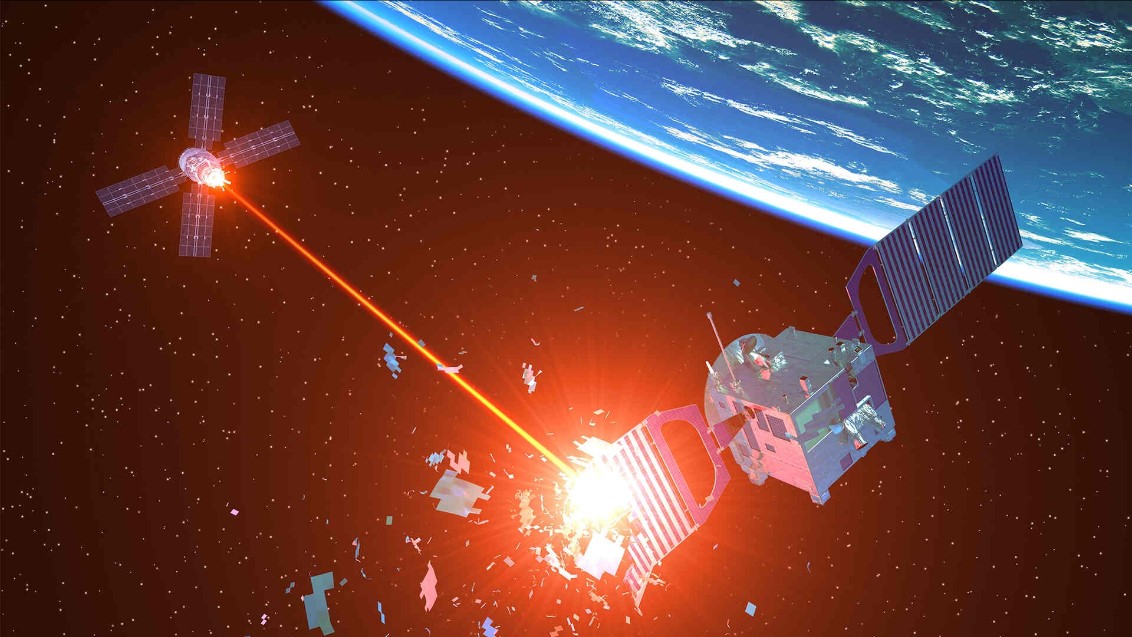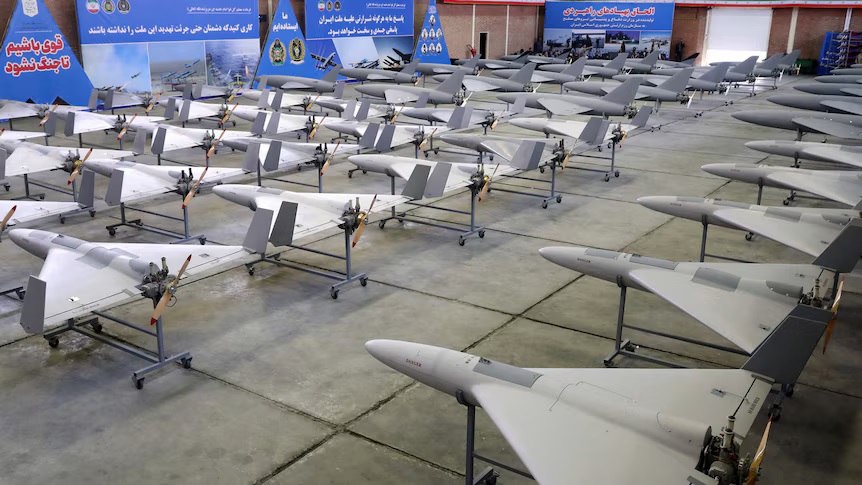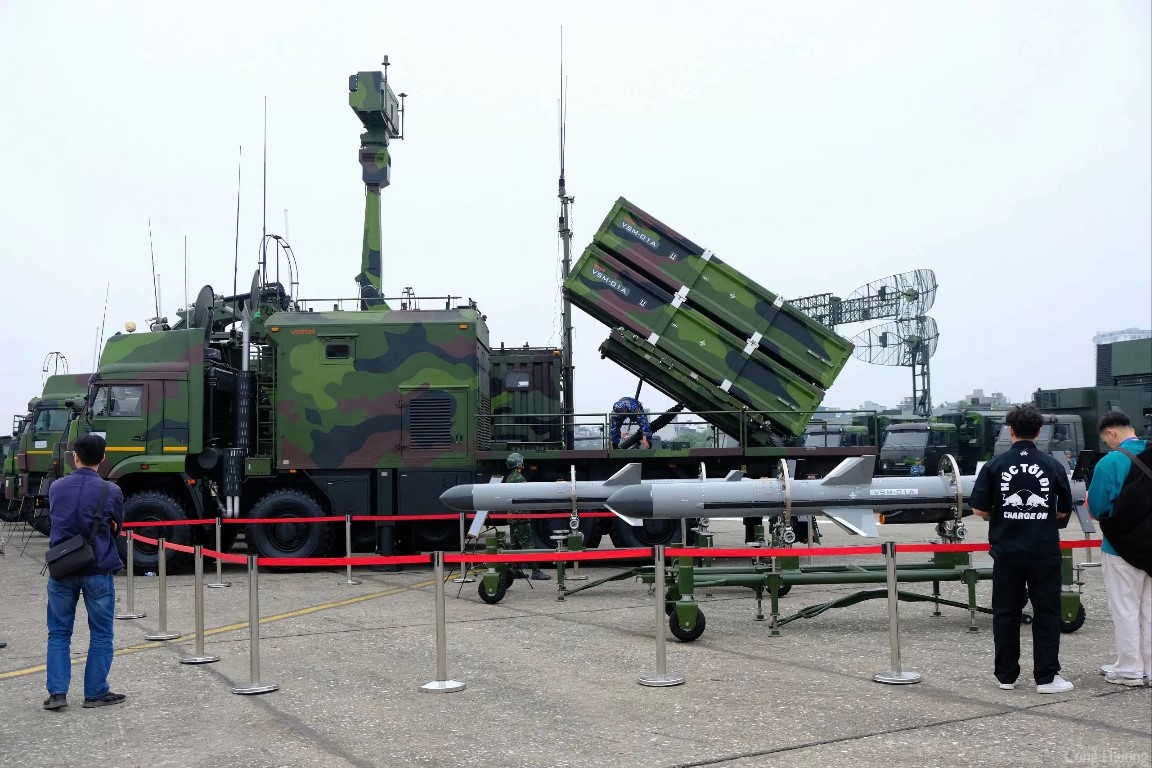Russia Developing New Space-Based Anti-Satellite Capabilities

Defense News ,Russia :- In recent developments, revelations from the U.S. Congress and administration have shed light on Russia's advancement in developing a new nuclear anti-satellite weapon. Despite the partial nature of these disclosures, they underscore a looming threat to both military and civilian satellites, not only in the U.S. but globally. The details remain obscured, leaving questions about the operational mechanics of this potential space system armed with a nuclear warhead or propelled by nuclear energy. Nonetheless, either avenue, if achieved, would exponentially escalate the vulnerability of satellites, potentially violating international treaties barring nuclear weapon tests in outer space.
On February 14th, the chairman of the U.S. House Permanent Select Committee on Intelligence urged President Joe Biden to declassify an intelligence report highlighting a "serious national security threat," directly linked to Russia's "destabilizing military capabilities." This appeal, coupled with leaks about a purported new space nuclear weapon or a military system with nuclear propulsion, has triggered widespread speculation about Russia's intentions and capabilities in space. While the White House has dismissed the notion of a fractional orbital bombardment system (FOBS), it indirectly confirmed the existence of a new anti-satellite weapon system (ASAT). Despite Russia's denial, these reports have been portrayed as manipulation aimed at influencing Congress to approve further military assistance to Ukraine.
Russia's Strategic Approach to ASATs
Russia perceives ASAT systems as integral to its strategic arsenal, envisaging their deployment in a potential conflict with the U.S. and NATO. Recognizing the dependence of the Alliance's armed forces and global economy on satellites, Russia views these assets as vulnerable points ripe for exploitation. With over 8,000 military, civilian, and dual-use satellites orbiting in low Earth orbit and a smaller number operating at higher altitudes in geostationary orbits, Russia has intensified its investments in various ASAT systems, many of which are continuations of Soviet-era projects.
Parallel to preparations for the invasion of Ukraine, Russia tested an A-235 Nudol ASAT missile in November 2021, resulting in the destruction of one of its inactive satellites and generating 1,700 pieces of debris in low Earth orbit. Furthermore, amidst the conflict in Ukraine, Russia engaged in cyberattacks on Viasat terminals used by the Armed Forces of Ukraine and employed electronic jamming tactics to disrupt satellite communication and navigation. This aggressive stance extends to declaring dual-purpose satellites as legitimate military targets, posing a direct threat to systems like Starlink, which provides data services to Ukraine.
ASAT and Other Strategic Projects
The development of a "nuclear ASAT" aligns with Russia's broader strategy of circumventing or violating arms control treaties. Projects like the Burevestnik cruise missile and Poseidon torpedo-drone, both equipped with miniature nuclear propulsion, have garnered significant attention. While Russia showcased a computer-generated animation of a FOBS attack in 2018, there's been no concrete evidence of progress or tests on such a system. Despite Russian claims, a FOBS strike wouldn't significantly enhance the efficacy of a surprise attack or circumvent U.S. missile defense systems. However, Russia's suspension of the New START treaty in February 2023 signals a disregard for arms control agreements, potentially paving the way for clandestine advancements in ASAT capabilities.
Russia's New ASAT Options
The pursuit of a "nuclear ASAT" presents two plausible scenarios: the development of a nuclear warhead or the exploration of revolutionary technologies powered by nuclear propulsion. In the former scenario, Russia could leverage existing warhead models without the need for nuclear testing, thereby circumventing international law. Alternatively, nuclear propulsion systems offer unprecedented maneuverability in space, enabling shifts between orbits and providing a substantial energy source for offensive capabilities like lasers or electronic warfare measures. Such advancements, coupled with initiatives like the TEM Zeus space tug, could herald a new era of space-based military operations for Russia.
Implications for NATO
A Russian "nuclear ASAT" test, whether utilizing nuclear warheads or propulsion, carries severe repercussions for the space domain, designated by NATO as a collective defense area. The detonation of even a small-yield nuclear device in low Earth orbit could trigger an electromagnetic pulse, disrupting or destroying thousands of satellites, particularly vulnerable civilian systems. Conversely, a high-yield nuclear strike from geostationary orbit could cripple critical U.S. satellites used for intelligence and early warning, heightening NATO's vulnerability. Moreover, the deployment of a nuclear-powered ASAT complicates deterrence efforts, as existing treaties do not explicitly prohibit nuclear propulsion in space, posing a challenge in discerning the true intent behind Russian initiatives.
Conclusion: Mitigating the Threat
While the full extent of Russia's ASAT capabilities remains shrouded in secrecy, the implications are profound for global security, necessitating a coordinated response from the international community. Efforts to curb Russia's advancements within the UN framework face significant hurdles, given the complexity of arms control negotiations and Russia's demonstrated willingness to flout agreements. In light of these developments, NATO must bolster its resilience against potential ASAT attacks, investing in countermeasures and dual-use satellite technologies. Additionally, vigilance is paramount, with heightened scrutiny of Russia's activities in space and preemptive measures to mitigate emerging threats. Failure to address these challenges could precipitate a new space arms race, further destabilizing the delicate balance of global security.


